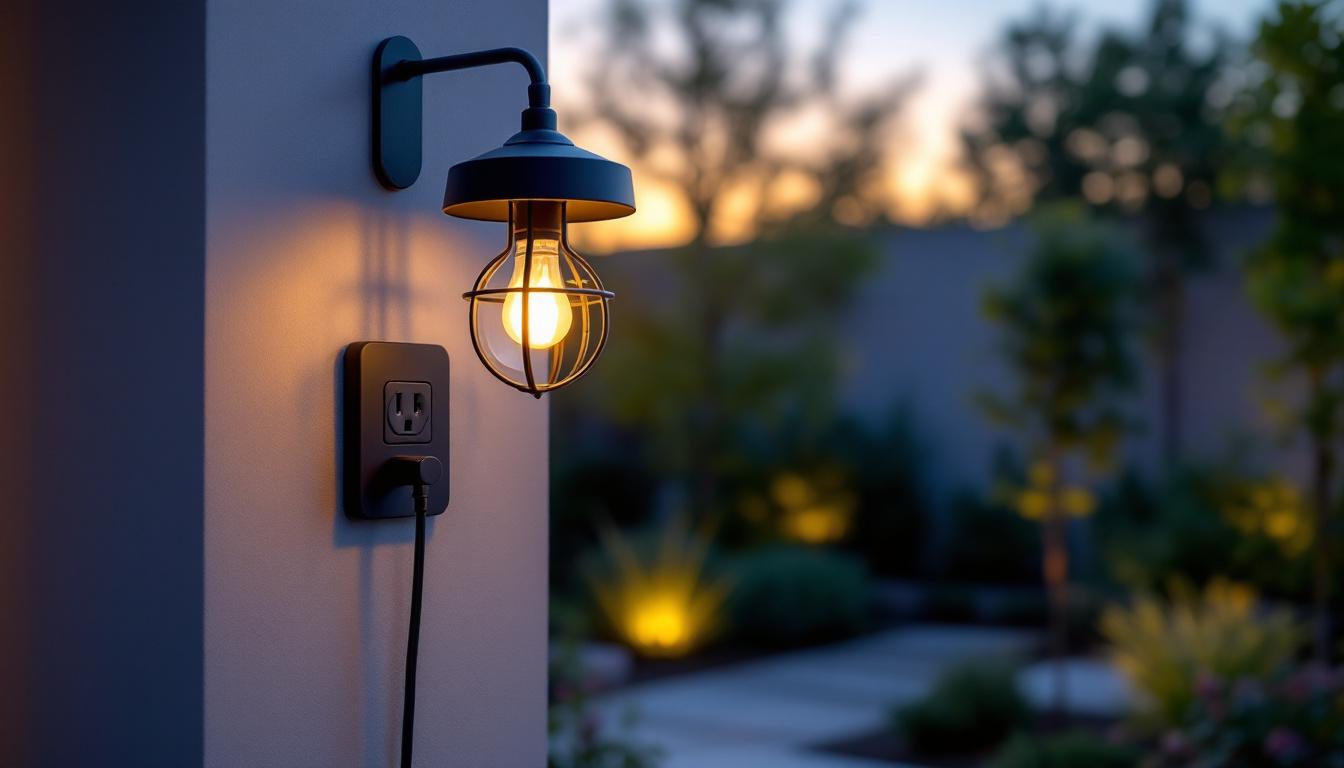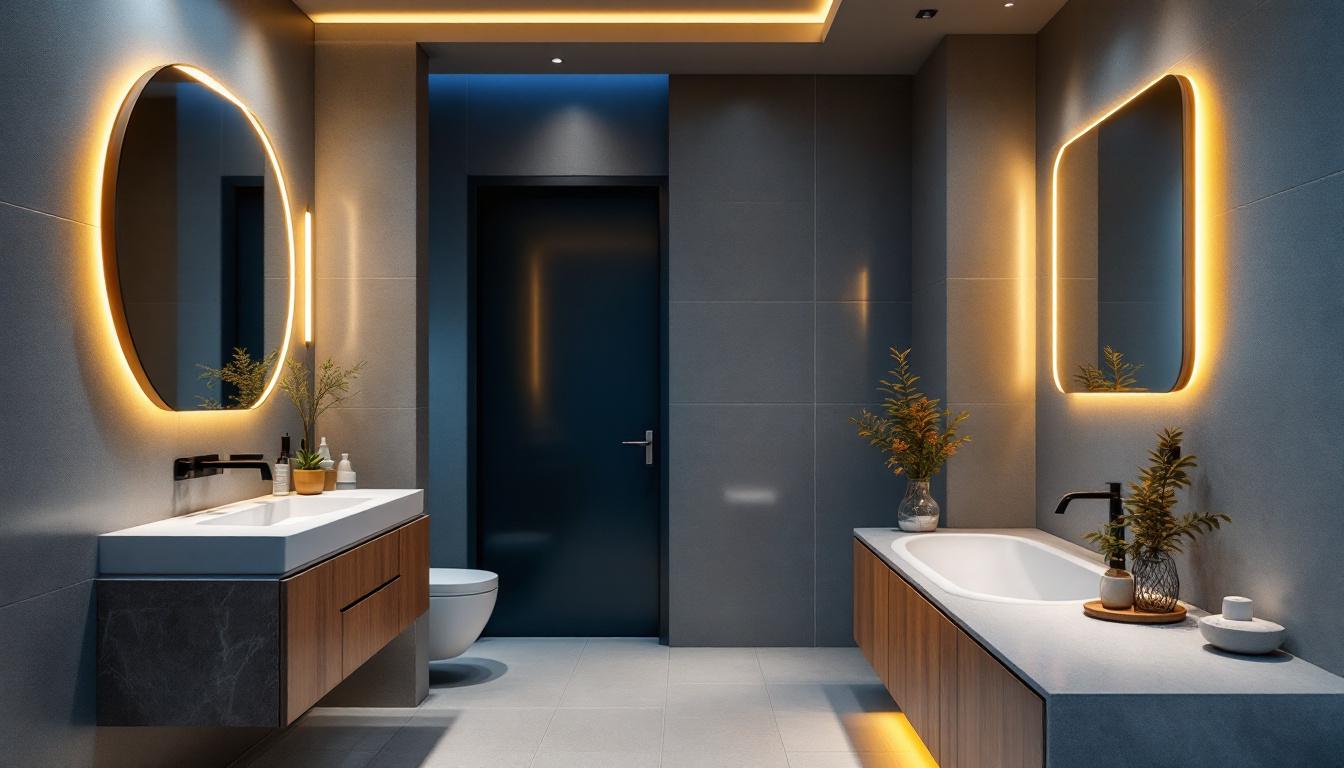
Wall bracket pendant lights have become a versatile and stylish solution in both residential and commercial lighting design. For lighting contractors, understanding the nuances of these fixtures is essential to delivering quality installations that meet client expectations and comply with safety standards.
Unlike traditional ceiling-mounted pendants, wall bracket pendant lights are mounted on the wall, often extending outward on an arm or bracket. This design allows for directional lighting that can highlight architectural features, provide task illumination, or add ambient glow to a space. Their unique positioning offers flexibility in lighting schemes, making them a popular choice in hallways, bedrooms, restaurants, and retail environments.
From a contractor’s perspective, the installation process, electrical requirements, and compatibility with existing infrastructure vary significantly from other lighting types. This article aims to demystify wall bracket pendant lights by exploring their design, installation considerations, electrical specifications, and best practices for contractors.
One of the key advantages of wall bracket pendant lights is their ability to create a layered lighting effect. By combining these fixtures with other light sources, such as recessed lighting or floor lamps, contractors can achieve a more dynamic and inviting atmosphere. For instance, in a dining area, wall bracket pendants can be used to illuminate a specific table setting while softer ambient lighting fills the rest of the room. This layered approach not only enhances the aesthetic appeal but also improves functionality, making spaces feel more welcoming and well-designed.
Moreover, the variety of styles, materials, and finishes available for wall bracket pendant lights allows for customization that can suit any design theme. From industrial metal designs to elegant glass shades, these fixtures can complement modern, rustic, or traditional interiors. Contractors should consider the overall decor of the space when selecting these lights, as the right choice can significantly elevate the room’s character. Additionally, energy efficiency is a growing concern; thus, many manufacturers now offer LED options that provide both longevity and reduced energy consumption, aligning with sustainable building practices.
Wall bracket pendant lights come in a variety of styles, materials, and sizes, each suited to different applications. Common types include:
Understanding the client’s design intent and functional needs is critical in selecting the appropriate fixture type.
Wall bracket pendant lights provide a range of lighting effects. They can create focused task lighting, such as reading lights beside beds or workstations, or serve as accent lights to showcase artwork or architectural details. Their ability to cast light both downward and outward makes them ideal for layered lighting schemes.
In commercial settings, these lights often contribute to ambiance, enhancing the customer experience in hospitality venues or retail spaces. For contractors, recognizing the intended lighting effect helps determine fixture placement, height, and bulb selection.
One of the primary challenges with wall bracket pendant lights is ensuring secure and safe mounting. Unlike ceiling fixtures, wall-mounted pendants exert leverage forces on the mounting surface. Contractors must verify that the wall can support the fixture’s weight and torque, particularly for heavier or extended arm designs.
Common mounting surfaces include drywall over studs, masonry, or concrete. When installing on drywall, locating studs is essential to anchor the bracket securely. In cases where studs are not available, appropriate wall anchors or mounting plates designed for heavy loads should be used. For masonry walls, expansion anchors or sleeve anchors provide reliable support.
Electrical wiring for wall bracket pendant lights must comply with local electrical codes and standards. Contractors should ensure that the wiring is rated for the fixture’s voltage and current requirements and that junction boxes are properly sized and installed.
In many installations, the electrical box is recessed within the wall to accommodate the fixture’s mounting bracket. This requires careful planning during construction or renovation phases. Surface-mounted boxes may be used in retrofit situations but should be compatible with the fixture’s design.
Grounding is another critical safety consideration. The fixture’s metal components must be properly grounded to prevent electrical hazards. Contractors should verify continuity and use grounding conductors as specified by code.
Correct height and placement are vital for both functionality and aesthetics. Wall bracket pendant lights are typically installed at eye level or slightly above, depending on the application:
Contractors should collaborate with designers or clients to determine optimal placement, balancing lighting needs with architectural constraints.
Wall bracket pendant lights accommodate a range of bulb types, including incandescent, halogen, compact fluorescent (CFL), and LED. LED technology has become the preferred choice due to its energy efficiency, longevity, and reduced heat output.
Contractors must verify the fixture’s maximum wattage rating to prevent overheating or damage. Overloading a fixture can lead to premature failure or pose fire risks. It is advisable to recommend LED bulbs that meet or exceed the required lumen output while remaining within wattage limits.
Most wall bracket pendant lights operate on standard line voltage (120V in North America, 230V in many other regions). However, low-voltage options (12V or 24V) are also available, often used in specialized or decorative applications.
Dimming capability is an important consideration, especially in hospitality or residential settings where ambiance control is desired. Contractors should ensure that the fixture and bulb are compatible with the client’s dimmer system. LED bulbs may require specific dimmers designed for LED loads to avoid flickering or reduced lifespan.
With the rise of smart home and building automation, many wall bracket pendant lights are now compatible with smart bulbs or integrated control systems. Lighting contractors should be familiar with popular protocols such as Zigbee, Z-Wave, or Wi-Fi, enabling clients to control lighting remotely or via voice commands.
Integrating smart lighting requires additional considerations during installation, including network access, power supply stability, and user interface setup. Offering expertise in this area can differentiate contractors in a competitive market.
Maintaining wall bracket pendant lights involves periodic inspection for loose connections, corrosion, or damage to wiring and mounting hardware. Dust and debris accumulation on the fixture and bulb can reduce light output and affect aesthetics.
Contractors should advise clients on safe cleaning practices, such as turning off power before cleaning and using appropriate materials to avoid scratching or damaging finishes.
Lighting contractors frequently encounter challenges such as:
Addressing these issues proactively enhances client satisfaction and reduces callbacks.
Successful installation of wall bracket pendant lights begins with thorough planning. Contractors should:
Planning reduces delays and ensures installations proceed smoothly.
Compliance with local electrical codes and safety standards is non-negotiable. Contractors must stay informed about updates to regulations, including requirements for grounding, circuit protection, and fixture labeling.
Using UL-listed or equivalent certified fixtures and components helps guarantee safety and reliability. Proper documentation and permits may also be required, depending on jurisdiction.
Educating clients about the features, limitations, and maintenance of wall bracket pendant lights fosters trust and satisfaction. Contractors should explain:
Clear communication helps manage expectations and encourages repeat business.
Wall bracket pendant lights offer lighting contractors a unique opportunity to combine functionality with design elegance. By understanding the types of fixtures available, installation challenges, electrical requirements, and maintenance needs, contractors can deliver superior results that enhance any space.
Staying current with industry trends, safety standards, and emerging technologies ensures that lighting professionals remain competitive and capable of meeting diverse client demands. With careful planning, technical expertise, and effective communication, wall bracket pendant light installations can be both efficient and highly rewarding.
Ready to elevate your lighting installations with the perfect blend of style, quality, and value? Look no further than LumenWholesale for all your wall bracket pendant light needs. Our extensive selection of spec-grade lighting products is designed to meet the highest industry standards, ensuring your projects shine with reliability and high performance. Take advantage of our unbeatable wholesale prices, free shipping on bulk orders, and the convenience of cutting out the middleman. Enhance your lighting projects today by visiting Wholesale Lighting at the Best Value and discover the LumenWholesale difference.

Discover everything about outdoor light with power outlet installation, benefits, and expert tips.

Discover the pitfalls lighting contractors often encounter with 2200Volts projects.

Explore the transformative impact of recessed lights in bathroom design, highlighting their role in modern lighting solutions.

Discover the essential guide to choosing and installing LED 8-foot shop lights with our comprehensive contractor checklist.